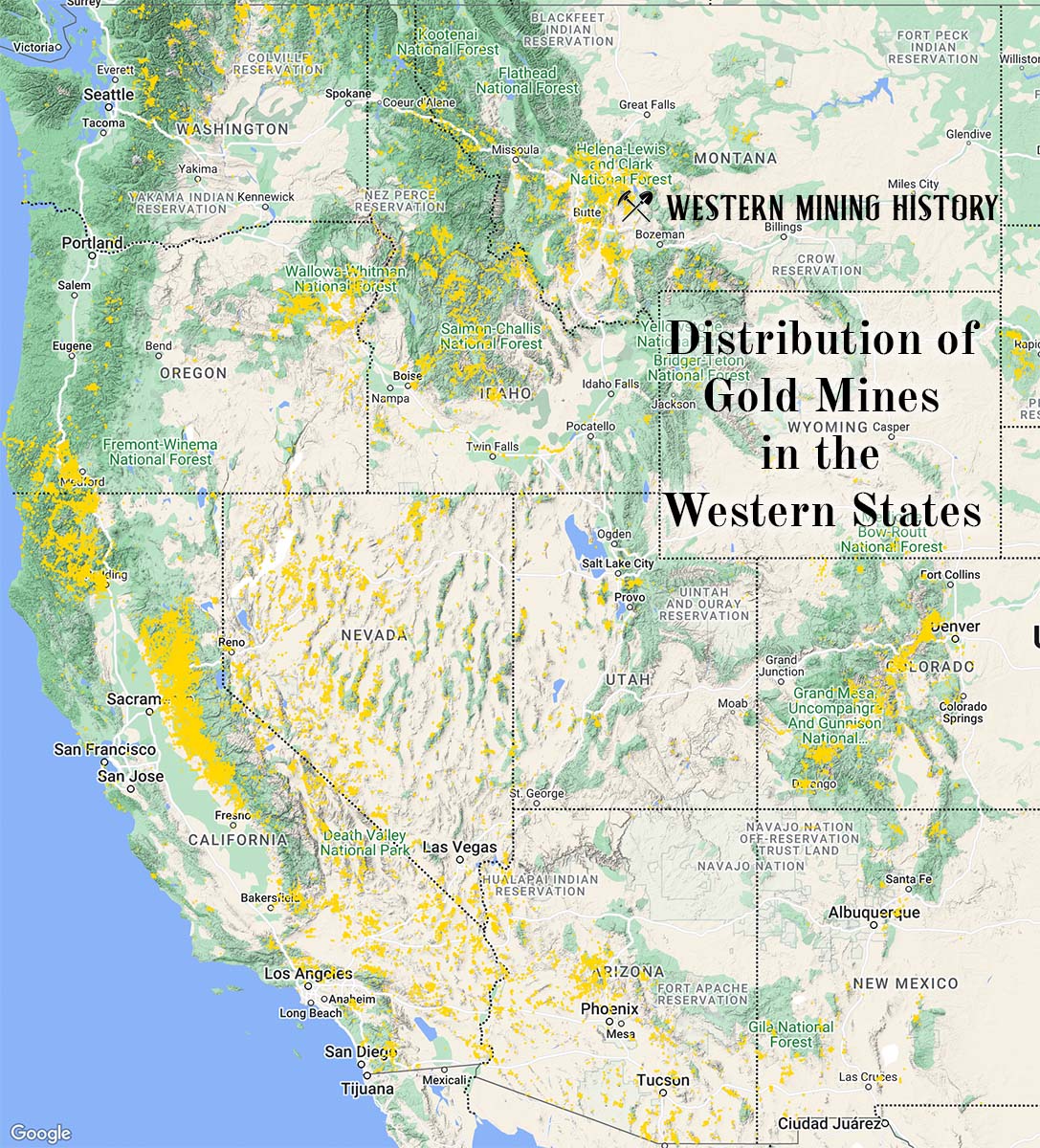The DeCourcy Mountain is a mercury mine located in Alaska.
About the MRDS Data:
All mine locations were obtained from the USGS Mineral Resources Data System. The locations and other information in this database have not been verified for accuracy. It should be assumed that all mines are on private property.
Mine Info
DeCourcy Mountain MRDS details
Site Name
Primary: DeCourcy Mountain
Secondary: Decourcy Mt. Mine
Commodity
Primary: Mercury
Secondary: Antimony
Location
State: Alaska
District: Iditarod
Land Status
Not available
Holdings
Not available
Workings
Not available
Ownership
Not available
Production
Not available
Deposit
Record Type: Site
Operation Category: Past Producer
Operation Type: Unknown
Years of Production:
Organization:
Significant:
Physiography
Not available
Mineral Deposit Model
Model Name: Disseminated epithermal mercury antomony
Orebody
Not available
Structure
Not available
Alterations
Alteration Type: L
Alteration Text: Igneous and sedimentary rocks are extensively altered to silica-carbonate rock.
Rocks
Not available
Analytical Data
Not available
Materials
Ore: Stibnite
Ore: Cinnabar
Comments
Comment (Exploration): Status = Inactive
Comment (Geology): Geologic Description = Cinnabar and minor stibnite in a gangue of silica, carbonate, and clay minerals. Ore minerals occur in small irregular lenses, veins, and stockworks localized in breccia, along contacts between igneous and sedimentary rocks, and along bedding surfaces. The ore bodies are in or near hydrothermally altered diabase sills. Ore bodies pinch and swell from a few inches to over a foot, and were formed by both open space filling and replacement.
Comment (Workings): Workings / Exploration = Surface and underground: About 1,375 ft. of adits and minor drifts, crosscuts, and stopes; surface pits and trenches.
Comment (Reference): Primary Reference = Sainsbury and MacKevett, 1965
Comment (Production): Production Notes = Discovered in 1910-11; staked in 1919; operated intermittently 1920-50. Produced an estimated 1500 flasks of Hg
Comment (Commodity): Gangue = clay minerals
Comment (Commodity): Gangue = Silica-carbonate
Comment (Deposit): Model Name = Epithermal vein,?: mercury-antimony
Comment (Reserve-Resource): Reserves = Inferred reserves of several thousand flasks.
Comment (Geology): Age = Tertiary
References
Reference (Deposit): Miller, M.L., Bundtzen, T.K., Keith, W.J., Bailey, E.A., Bickerstaff, Damon, 1996, Geology and mineral resources of the Stuyahok area, part of Holy Cross A-4 and A-5 quadrangles, Alaska: U.S. Geological Survey Open-File Report 96-505-A, 30 p.
Reference (Deposit): Cobb, E.H., 1976, Summary of references to mineral occurrences (other than mineral fuels and construction material) in the Iditarod and Ophir quadrangles, Alaska: U.S. Geological Survey Open-File Report 76-576, 101 p.
Reference (Deposit): Cady, W.M., Wallace, R.E., Hoare, J.M., and Webber, E.J., 1955, The central Kuskokwim region, Alaska: U.S. Geological Survey Professional Paper 268, 132 p.
Reference (Deposit): Sainsbury, C.L. and MacKevett, E.M., Jr., 1965, Quicksilver deposits of southwestern Alaska: U.S. Geological Survey Bulletin 1187, 89 p.
Reference (Deposit): Cobb, E.H., 1972, Metallic mineral resources map of the Iditarod quadrangle, Alaska: U.S. Geological Survey Miscellaneous Field Studies Map MF-363, 1 sheet, scale 1:250,000.
The Top Ten Gold Producing States

These ten states contributed the most to the gold production that built the West from 1848 through the 1930s. The Top Ten Gold Producing States.